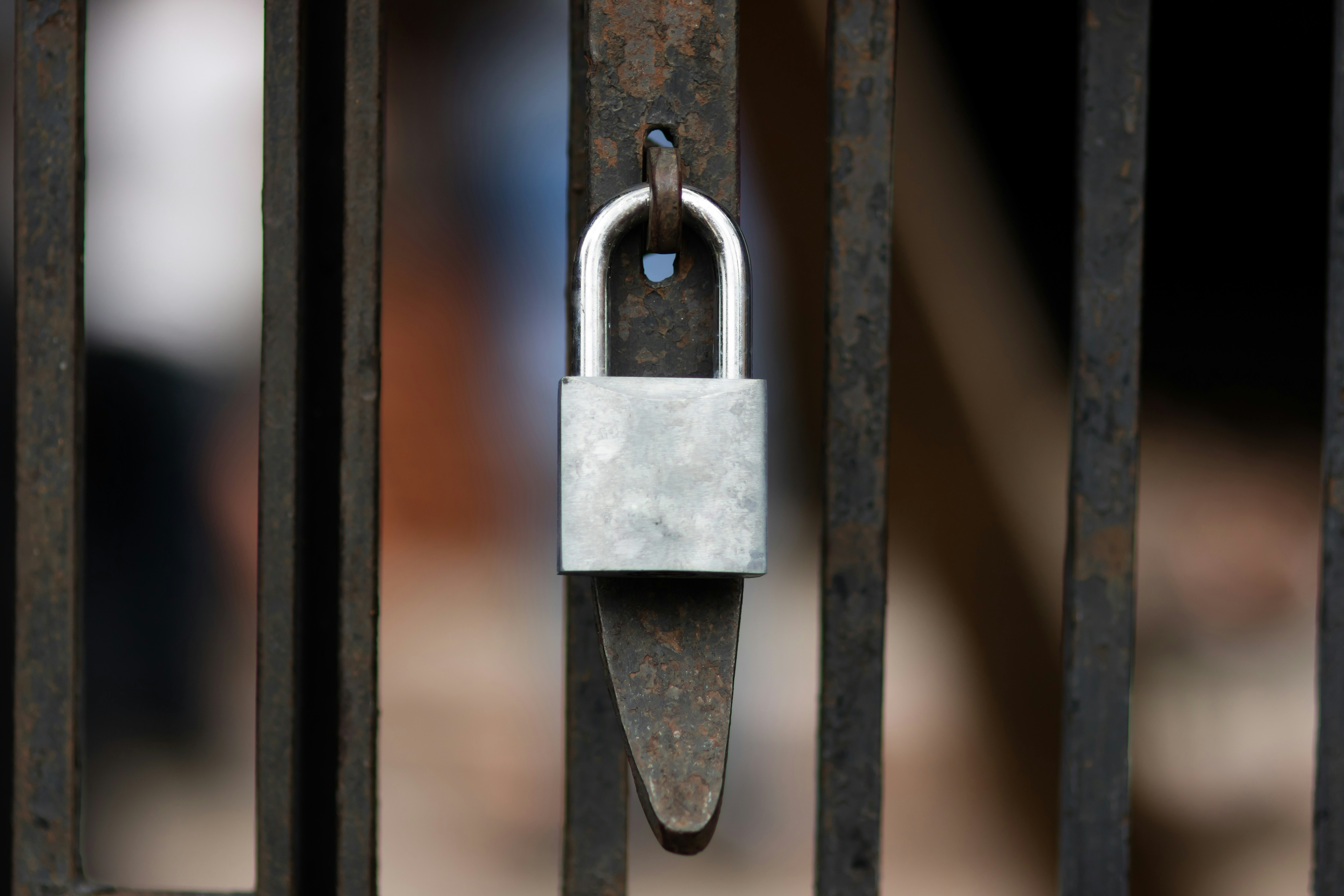
Treehouse to Accelerate EV Adoption with Fleet Electrification Solution
Treehouse to Accelerate EV Adoption with Fleet Electrification Solution

Treehouse to Accelerate EV Adoption with Fleet Electrification Solution

Treehouse is proud to announce that we’ve successfully completed our SOC 2 Type 1 audit
.png)
Compare the best EV chargers for 2025. Learn how to choose, install, and save money with a reliable Level 2 charger for your home.
.png)
Compare Level 1 vs. Level 2 EV charging. Learn the cost, speed, and installation factors so you can make the best choice for your home and daily driving needs.

Eaton and Treehouse form strategic collaboration to accelerate mass adoption of EV charging and electrification in U.S. homes

Treehouse announces $16.6M in Series A funding

Frequently asked questions about Tesla Powershare installation

We’re excited to share our new partnership, offering homeowners a streamlined, efficient approach to transitioning to a climate-friendly home.

We’ve launched Treehouse's new website, announcing our arrival as a 21st century electrical contractor, powered by AI and vertically integrated.

Treehouse makes it easier than ever for EV owners to get a quote for charger installation with an innovative photo upload experience, powered by AI.

We've put together a few helpful resources to prepare you for installation day.

Treehouse is proud to announce $10M in early stage funding, led by Montage Ventures and Trucks.

Conveniently bundle the cost of a home charger with your EV loan for one easy monthly payment.

Installing more than one GFCI on the same circuit can result in nuisance tripping. For this reason, we recommend installing a hardwired charger.

SMUD and Central Coast Community Energy now offer rebates for circuit sharing devices like the NeoCharge Smart Splitter.

Many California utilities and AQMDs offer significant rebates to make Level 2 EV charger installation more affordable.

The US Federal Alternative Fuel Vehicle Refueling Property Tax Credit covers 30% of EV charger hardware and installation costs up to a $1,000 max.

In Arizona, several utility providers (APS, SRP, TEP, MEH) offer significant rebates to offset the cost of Level 2 EV charger installation.

Treehouse’s guide to everything you need to know about Level 2 EV chargers and installation.

The IRS provides a Federal Tax Credit (25C) to offset the cost of an electrical service upgrade. Several California utilities also provide rebates.

The NeoCharge is great for homes that want to share a single 240V outlet between an appliance and an EV charger or between 2 EV chargers.

Level 2 EV charger installation costs range from $600-$3,000. Costs may include the charger, wiring, load management solution, labor, and permit.

An electrician will place a new circuit breaker in your closest electrical panel and run wiring from the panel to the EV charger or outlet location.

Most people install their charger in their garage or outside near their parking location so the charging cable can easily reach the vehicle charge port.

We recommend hardwire installation where possible since it is a safer, better looking, and more weatherproof option.

Most cities require a permit to install a Level 2 EV charger. This ensures the installation meets all safety requirements.

In most cases, no. However, your home does need to have sufficient electrical service capacity and breaker space to safely install an EV charger.

For safety, electricians must check if your home has sufficient electrical capacity to install an EV charger.

Determine your electrical service by finding your main disconnect breaker. This is usually near your main electrical panel or meter.

EV owners can strategically approach home charging, rate plans, and vehicle maintenance to save money.

Level 2 charging adds 20-30 miles of range per hour of charge and will fully charge your vehicle in 7-10 hours.

Federal Pacific Electric (FPE) and Zinsco panels have design flaws that can cause their breakers to fail, creating a safety hazard.

Get to know Jon, Software Engineer at Treehouse

Get to know Suraj, Field Operations Manager at Treehouse

Get to know Catherine, Head of Sales Operations at Treehouse

Get to know Dan, Treehouse Co-Founder & Chief Product Officer

Get to know Nick, Head Electrician at Treehouse

Get to know Hilary Krol, Customer Operations at Treehouse

Get to know Will Tang, Founding Software Engineer at Treehouse